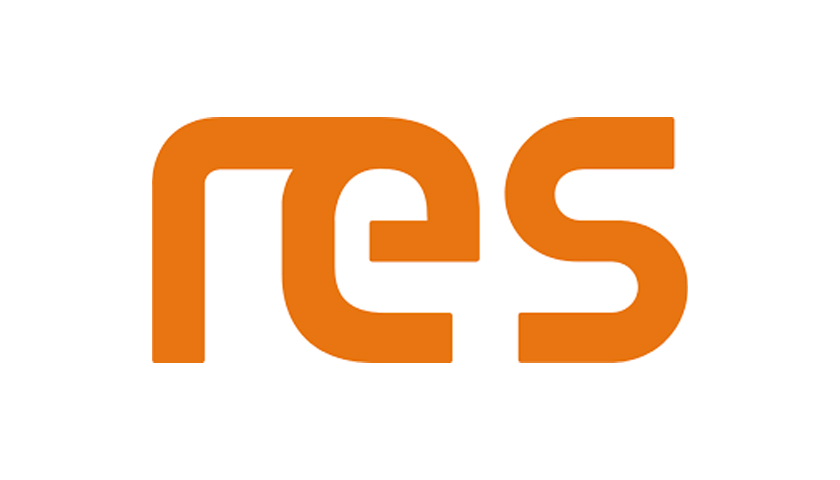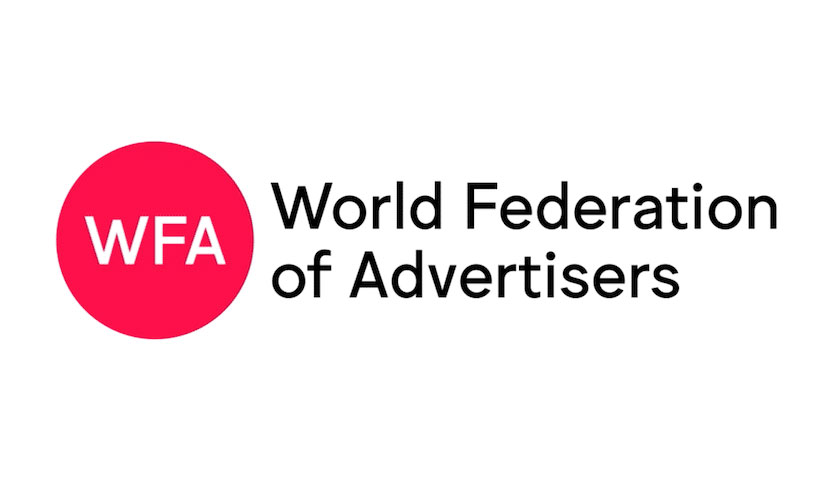MAGNA, the investment and intelligence arm of IPG Mediabrands, today announced the release of a study conducted in partnership with Teads, the global media platform, and Project Drawdown, a nonprofit focused on climate solutions, entitled Sustainability Speaks: Breaking the Barrier of Climate Communication via the MAGNA Media Trials program.
To uncover data about consumers’ perceptions of brands’ sustainability endeavors, MAGNA Media Trials and Teads sought to better understand the consumer perspective on sustainability, especially as it relates to barriers that prevent a more sustainable lifestyle. The results of the study uncover how brands can help bridge these barriers and reveals consumer expectations when it comes to taking action on sustainability.
The study’s key findings include:
- 82% of people experience barriers to living more sustainably, with most citing expense or lack of access to the right resources as the paramount barriers to a sustainable lifestyle.
- Among generations, Gen Z and Millennials were the most likely to experience barriers (91% vs. 75%, respectively). However, prior research has pointed to the cost efficiency of sustainable behaviors, suggesting a disconnect between perception vs. reality for consumers.
- Despite these barriers, people remain motivated to ensure a better future, with 99% of people agreeing that they can be motivated by something to take sustainable action.
- Respondents also selected reasons to be sustainable and 78% agreed with statements that ranged from “ensuring the well-being of humankind” to “protecting one’s own health” and “saving money.”
MAGNA surveyed 9,112 people in the United States, the United Kingdom and Australia and held five focus groups in the U.S. In addition to determining why people and brands are not doing more, Sustainability Speaks: Breaking the Barrier of Climate Communication explores how advertisers can more effectively communicate their sustainability goals while also supporting brand growth.
“As governments, NGOs, businesses and individuals grapple with climate action, we can take heart that the majority of people surveyed – across multiple markets and demographics – agree that living more sustainably aligns with their personal values,” said Martin Bryan, Global Chief Sustainability Officer at IPG Mediabrands. “Among the key barriers to climate action we uncovered in our research is that people aren’t sure their actions can make a difference – and they fear that a sustainable lifestyle is cost-prohibitive and inconvenient. These are hurdles that the private sector can address through brand solutions made affordable and simplified. The ad industry can help promote and accelerate adoption by promoting these types of solutions.”
“The climate crisis is, in part, a communication crisis,” said Jonathan Foley, Ph.D., Executive Director of Project Drawdown. “We already have the solutions we need to turn things around, but we are still paralyzed by misinformation, fear, and the lack of will to act. We need a clear and compelling vision to move forward — a vision of a better future, where we come together to stop climate change, and build a better world for all. That could change the world.”
Additional key findings include that consumers are looking to brands to be part of the conversation; 77% of respondents said they wanted brands to take a stance on sustainability. Furthermore, 75% somewhat or strongly agreed that if brands took a stance on sustainability, it would have a tremendous impact on the environment, and 35% would be motivated to act, if they saw brands had, too.
A brand that offers tangible, relevant data in advertising, like a statistic on how much water was saved in manufacturing, scores better than ambiguous messaging. Defining sustainability itself, a broad term that can vary by product category, makes a difference in helping consumers align around a company’s actions.
The study also ranked which channels consumers favor more when receiving sustainability messaging. Advertising, at 66%, was the optimal channel, followed by social media accounts (62%), newsletters (57%) and influencers and other brand representatives (52%).
“Sustainability practices are good for business, with innovation, transparency, and information key for brands to strengthen their customer relationships long-term,” added Neala Brown, Senior Vice President, Strategy & Insights, Teads. “While brands should ease customer hesitations toward adopting a sustainable lifestyle and given advertising as an optimal channel for that messaging, we are simultaneously working with our brand partners to reduce their own digital carbon footprint with supply chain and media optimization via direct publisher relationships.”
Survey respondents said the other climate actions brands can take are to:
- Educate: Help people waste less and show them how carbon-friendly the brand’s product or service is
- Innovate: Develop new formulas, sourcing sustainable materials and packaging and donating to causes
- Collaborate: Join forces with customers around causes and work with climate experts and their campaigns
- Propagate: Take part in pushing policies for eco-activism while establishing credibility through third-party verification and certification
The full study can be found here.



